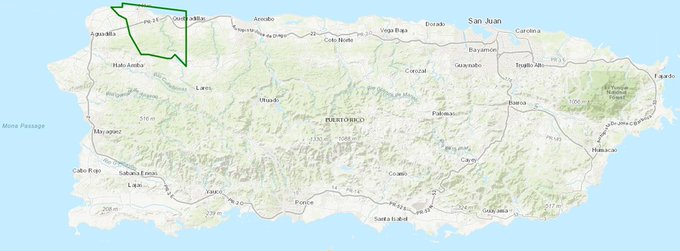Following the rare and dramatic collapse of the Edenville and Sanford dams in Midland County, Michigan, in May 2020 that forced 10,000 residents to evacuate, a newly released preliminary report sheds light into why they failed, and offers safety lessons for other aging, earthen infrastructure.
The independent investigation from the Federal Energy Regulatory Commission (FERC) covers the physical mechanisms involved in the accident but doesn’t place blame; a final report expected in several months will delve into human factors.
The report says poor construction and ignored upkeep, combined with intense rainfall, were the primary causes of the failure. Experts previously assumed that only an earthquake could cause a dam embankment to liquify the way it did in Edenville.
A series of failures
On May 19, 2020, water poured into the Wixom Lake reservoir, filling it to a record high. This waterlogged the dam’s embankment, which caused it to liquify and collapse, per the report. This overwhelmed the downstream Sanford Dam, causing it to fail as well. The problems started long before that day though: The two dams were built in the 1920s, but a key embankment wasn’t compacted the way it was supposed to be, setting it up for failure about 100 years later.
Boyce Hydro bought the Edenville, Sanford, and two other central Michigan dams as tax shelters in 2006 and owned them at the time of the collapse, Bridge Michigan reported.
After the company failed for decades to repair spillways that are supposed to prevent flooding, the FERC revoked the license to generate power for the Edenville dam a year and a half before the accident. The Sanford Dam was an active hydroelectric facility at the time of the incident.
…click on the above link to read the rest of the article…








